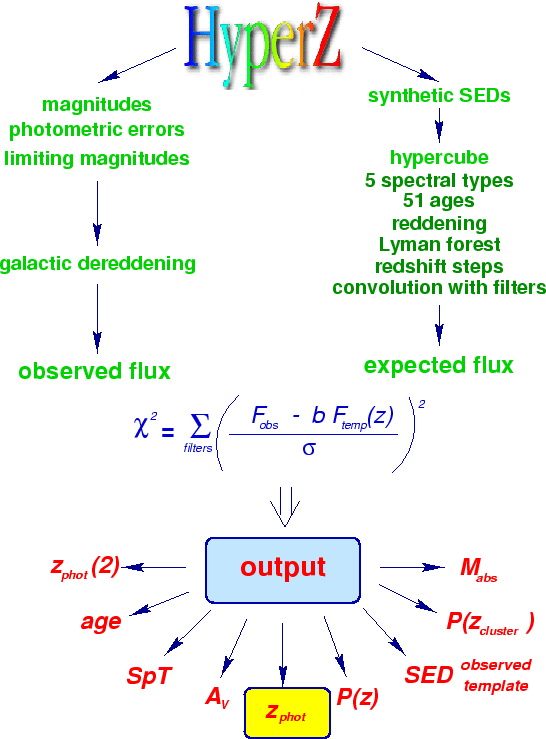| n |
age [Gyr] |
n |
age [Gyr] |
n |
age [Gyr] |
n |
age [Gyr] |
| 1 |
0.00032 |
14 |
0.02630 |
27 |
0.50880 |
40 |
8.50000 |
| 2 |
0.00100 |
15 |
0.03000 |
28 |
0.71870 |
41 |
9.50000 |
| 3 |
0.00158 |
16 |
0.03300 |
29 |
1.01519 |
42 |
10.5000 |
| 4 |
0.00251 |
17 |
0.03600 |
30 |
1.43400 |
43 |
11.5000 |
| 5 |
0.00398 |
18 |
0.03900 |
31 |
1.70000 |
44 |
12.5000 |
| 6 |
0.00631 |
19 |
0.04500 |
32 |
2.00000 |
45 |
13.5000 |
| 7 |
0.01000 |
20 |
0.05250 |
33 |
2.30000 |
46 |
14.5000 |
| 8 |
0.01148 |
21 |
0.06405 |
34 |
2.60000 |
47 |
15.5000 |
| 9 |
0.01318 |
22 |
0.09048 |
35 |
3.50000 |
48 |
16.5000 |
| 10 |
0.01514 |
23 |
0.12780 |
36 |
4.50000 |
49 |
17.5000 |
| 11 |
0.01738 |
24 |
0.18053 |
37 |
5.50000 |
50 |
18.5000 |
| 12 |
0.01995 |
25 |
0.25500 |
38 |
6.50000 |
51 |
19.5000 |
| 13 |
0.02291 |
26 |
0.36020 |
39 |
7.50000 |
|
|
|

